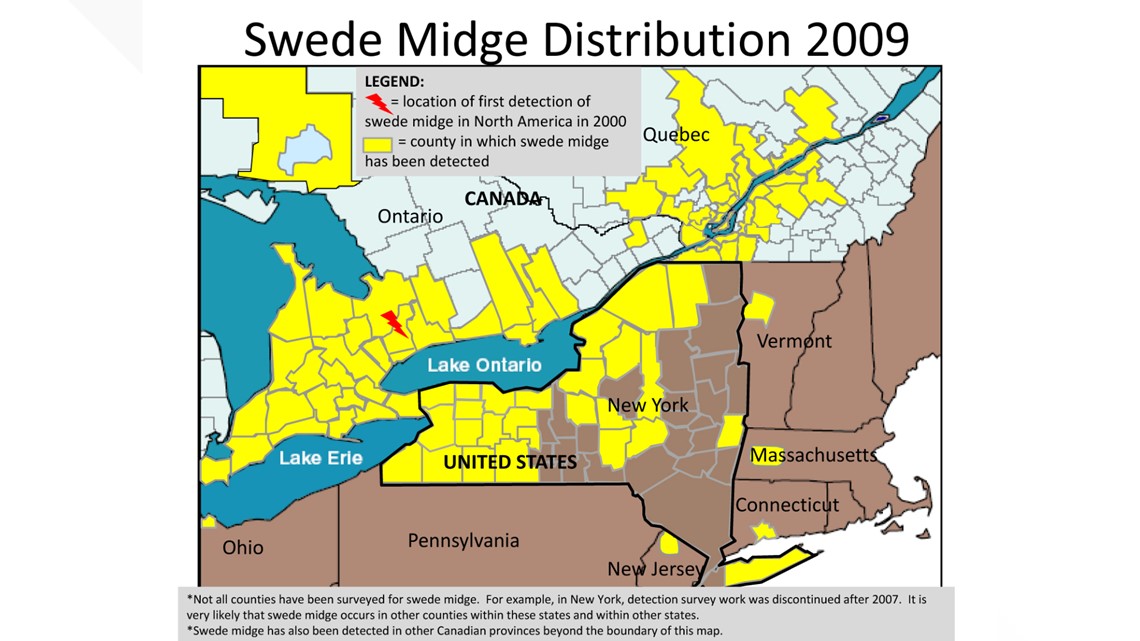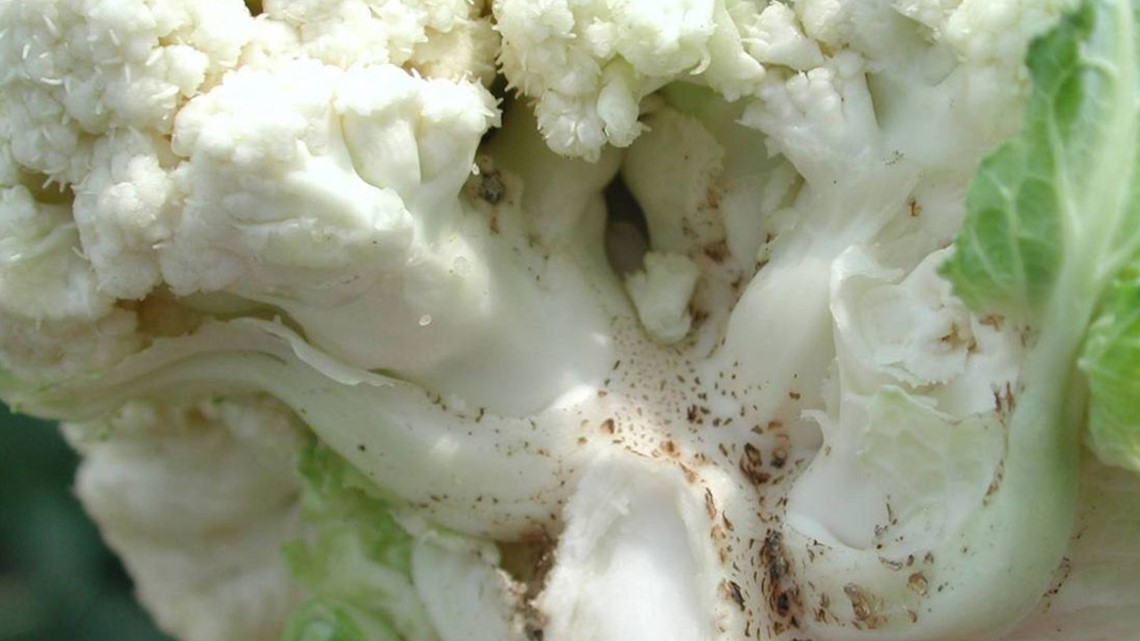BRADFORD COUNTY, Pa. — The Swede Midge is native to Europe and Southeast Asia; however, it is fairly new to North America. According to Cornell University, the Swede Midge was first identified in Canada in 2000 and documented for the first time in the U.S. in 2004, in New York.


Dr. Shelby Fleischer, Professor of Entomology at Penn State University, has been doing research and learning about the invasive species that has officially been confirmed for the first time in Pennsylvania. He says, “It’s in a genus of insects that’s known for having special relationships with specific plants in ways that can get really complicated. They can take over the way a plant is growing and developing.”
This new, invasive species can pose a serious threat to Brassica crops like kale, cauliflower, broccoli, cabbage, and others.


Dr. Fleischer explains, “The damage we were seeing in pictures was you’d be a beautiful healthy broccoli plant, you know big plant lots of leaves, but the big broccoli head in the middle wasn’t there.” This is the damage discovered earlier this month on a farm in Bradford County, Pennsylvania.


“I don’t think it’s going to come in in mass and overnight take over an area, but once it gets in an area it’s hard to see and it can build up," Dr. Fleischer says. He is referring to the size of the swede midge. These tiny pests only grow to the size of a few millimeters from larvae to adults. Plus, the timeframe during which the swede midge can cause damage to crops lasts only 7 to 21 days.


However, even with the lifespan of the swede midge being so small, there have been instances where farmers have gone from no issues to major damage done by the invasive species.
Dr. Fleischer explains, “It’s going to be more of a problem in these small, diversified settings which will grab a lot of the organic farms and also ones that aren’t organic, but direct retail type things. So that could be pretty important in Pennsylvania.”
These farms that are most at risk need to be alert and prepared for the possibility of having to deal with this pest. Dr. Fleischer poses the question, “If you’re a small farmer and you’re growing 10 different crops and doing some kind of retail market - if the problem got big would you consider just not growing Brassica crop that year?”
While early detection may be the best management tactic, the size and color of the midges make them hard to spot. Therefore, crop rotation and systemic insecticides are likely a farmer’s best bet when dealing with this invasive species.

